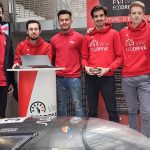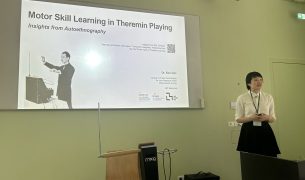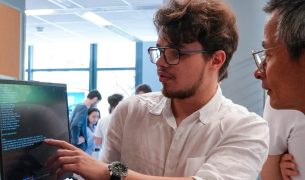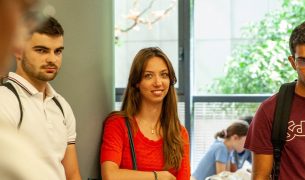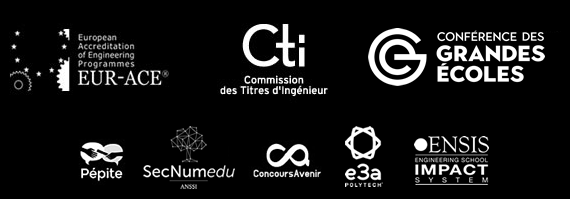Fifth-year engineering students majoring in New Energies visited Autonomy, a trade fair dedicated to urban mobility and its related technologies. This show presented the latest innovations in the sectors of autonomous and electric vehicles, active and shared mobility, and data analytics.
What can we expect 2018 to bring in the urban mobility ecosystem? Here are a few innovations that were spotted at Autonomy.
Urban mobility is a major concern for our growing metropolitan areas. The need for alternatives to internal combustion engines is urgent, at a time when fossil energy sources are rarefying and climate change effects cannot be denied. The automobile industry and mobility in general are consequently evolving. Innovation is everywhere, from vehicle uses to means of locomotion in the city.
Autonomous vehicles
When it comes to autonomous vehicles, many questions arise: in case of an accident, who will be responsible? If a collision cannot be avoided, what will the autonomous car do? In spite of these unresolved issues, it is now certain that autonomous vehicles will soon drive on our roads. Key actors of the sector have no choice but working on secure solutions for urban environments. Renault teamed up with French city Rouen to have four autonomous Zoe (electric cars) driving around the urban area. If conclusive, this real-life test will enable individuals to call for a vehicle directly from their smartphone. A similar experience should take place in Paris in 2018, with autonomous taxis.
Drone delivery
Autonomous mobility isn’t just about people transportation. Autonomy would be a giant leap for good transportation and delivery. Delivery is online shopping’s flaw and big names of the industry are well aware of it. To help in this matter, Ford has designed a new system composed of a no-driver van and a state-of-the-art drone. The goal is to drive as close as possible to the delivery address and have the drone pick up the parcel and deliver it directly to the recipient. This is only the beginning, however many companies are working on similar projects. DHL joined forces with ZF and Nvidia to test autonomous delivery as soon as next year.
Shared mobility
Not everyone will be able to give up their regular car for an autonomous car. Nevertheless, individuals should think their transportation habits over. They have started already, hence the development of carsharing platforms and collaborative shared mobility solutions. As of January 1st 2018, all companies counting more than 100 employees will have to implement a mobility plan. For instance, La Poste got into an association with WayzUp to incite their employees to favor carsharing.
Bike is back!
Traffic jams outside and packed subways and tramways…alternative means of transportation are booming, bike is one of them. In Paris, Vélib’s are a success. Companies also hopped on the bike and use it for food or grocery deliveries. Start-up K-Ryole wants to go even further, by selling autopropelled trailers for bikes, starting April 2018. Autonomous and electric vehicles, shared mobility and alternative means of transportation will undeniably change our urban landscapes in a not so far future.
There is a high demand for engineers mastering transportation, new energies and optimised use of traditional fossil energy sources. The New Energies Major trains students to become professionals able to deal with energetic transitions, an opportunity for growth and development. Many fifth-year options at ESILV are also related to urban mobility and new energies: Automobile and Land Transport, Sustainable and Smart Mobility, Smart Buildings and Cities, IoT.
Come to our next open days and find out more about the curriculum and meet staff and students.











